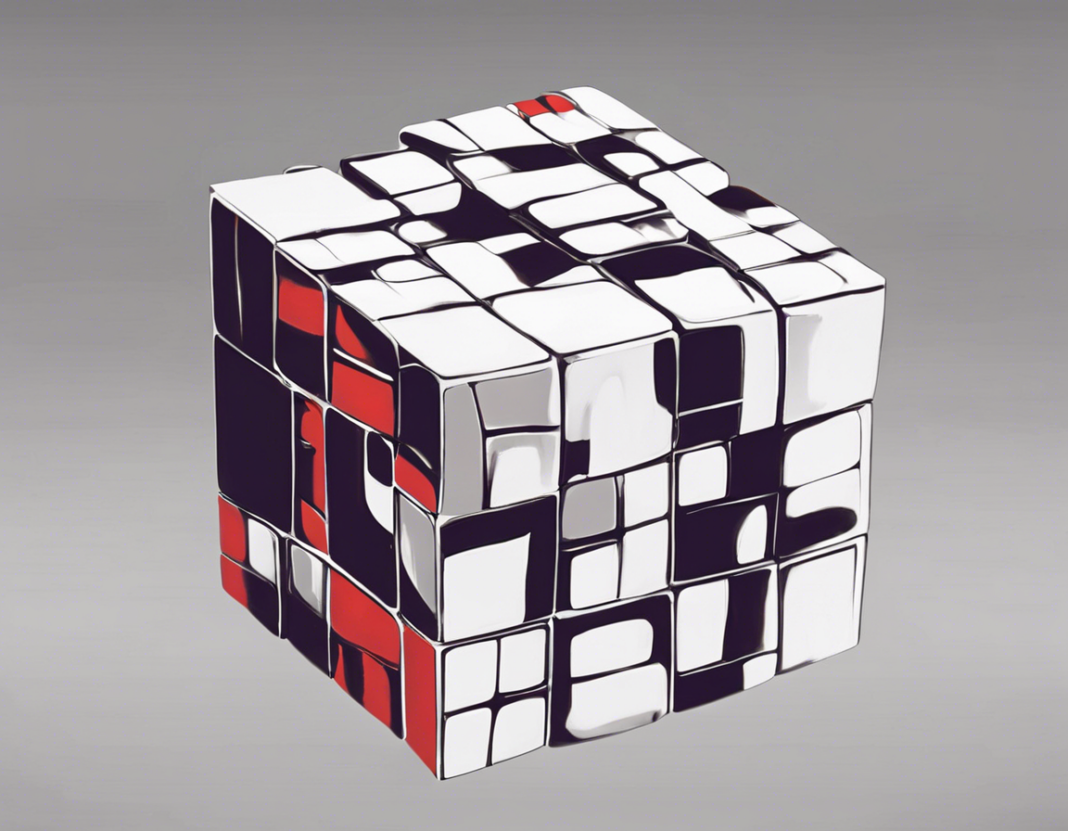If you are a math enthusiast or someone looking to delve deeper into the world of arithmetic, you have likely come across the captivating concept of cubing. Specifically, the formula for (a + b + c)³, or in simpler terms, the sum of three cubes. The process of expanding and simplifying this formula can be intricate, but understanding it can pave the way for grasping more advanced mathematical concepts. In this article, we will explore the formula of a³ + b³ + c³ in detail, breaking down the steps to uncover the underlying method behind it all.
The Basics of Cubing
Before we embark on unraveling the formula for a³ + b³ + c³, let’s revisit the basics of cubing. Cubing a number simply means raising it to the power of 3. For instance, 2³ is equal to 2 x 2 x 2 = 8. In the context of algebra, we can generalize this notion to include variables. Hence, a³ signifies a x a x a, b³ represents b x b x b, and c³ denotes c x c x c.
Understanding the Formula
The formula for (a + b + c)³, or the sum of three cubes, can appear daunting at first glance. However, by breaking it down into its constituent parts and following a systematic approach, we can demystify the process.
Step 1: Expand the Cubic Expression
To begin, we expand (a + b + c)³ using the binomial theorem. This rule states that for any positive integer n and numbers a and b:
(a + b)ⁿ = Σ C(n, k) x a^(n-k) x b^k, where the sum is taken over all integers k from 0 to n and C(n, k) denotes the binomial coefficient.
Expanding (a + b + c)³ according to this theorem yields:
(a + b + c)³ = a³ + b³ + c³ + 3(a²b + b²a + a²c + c²a + b²c + c²b) + 6abc.
Step 2: Simplify the Expression
Once we have expanded the expression, we simplify it further:
(a + b + c)³ = a³ + b³ + c³ + 3(a(b² + c²) + b(c² + a²) + c(a² + b²)) + 6abc.
Real-world Applications
Understanding the formula for (a + b + c)³ can have practical implications beyond the realms of mathematics. For instance, in computer science, this concept is utilized in encryption algorithms and error-correcting codes. Additionally, in physics, cubing often appears when calculating volumes or solving diophantine equations.
FAQs on Cubing Formulas
Q1: What is the formula for (a + b)³?
A: The formula for (a + b)³ is a³ + 3a²b + 3ab² + b³.
Q2: How can I simplify the expression (2 + x + 3)³?
A: To simplify (2 + x + 3)³, expand the expression and carry out the calculations to arrive at the simplified form.
Q3: Are there any practical applications of cubing formulas?
A: Yes, cubing formulas find applications in various fields such as cryptography, computer science, physics, and engineering.
Q4: How does cubing differ from squaring in mathematics?
A: Cubing involves raising a number to the power of 3, while squaring entails raising a number to the power of 2.
Q5: Can the formula for (a + b + c)³ be generalized for more than three terms?
A: Yes, the formula for (a + b + c)³ can be extended to include additional terms by following the same pattern of expansion.
In conclusion, the formula for (a + b + c)³ encapsulates a fundamental concept in mathematics that extends beyond mere calculations. By familiarizing yourself with the intricacies of cubing formulas and their applications, you can develop a deeper appreciation for the beauty and utility of mathematical principles. So, the next time you encounter a cubic expression, remember that there is a methodical approach to unlocking its formulaic secrets.
